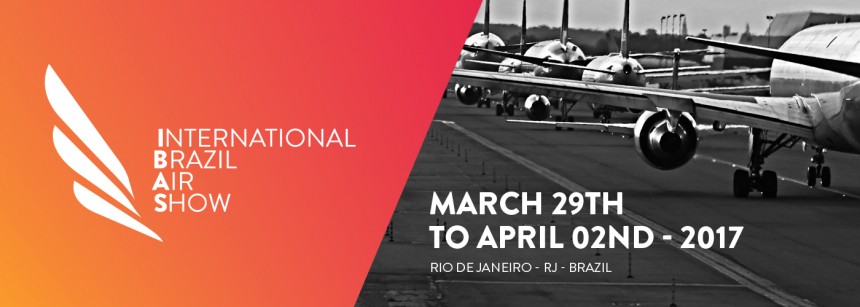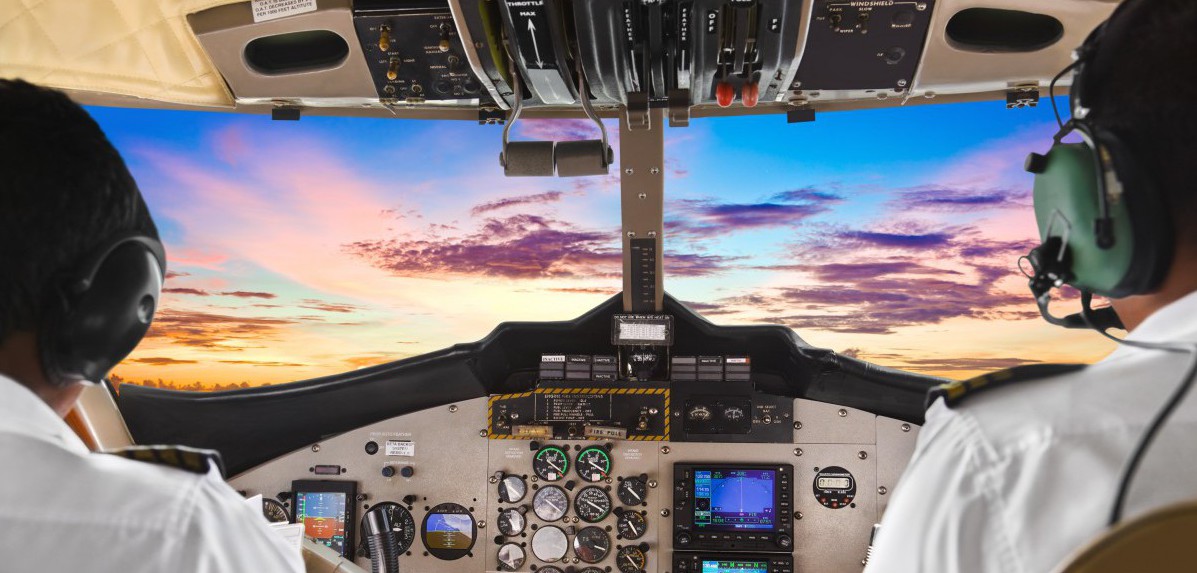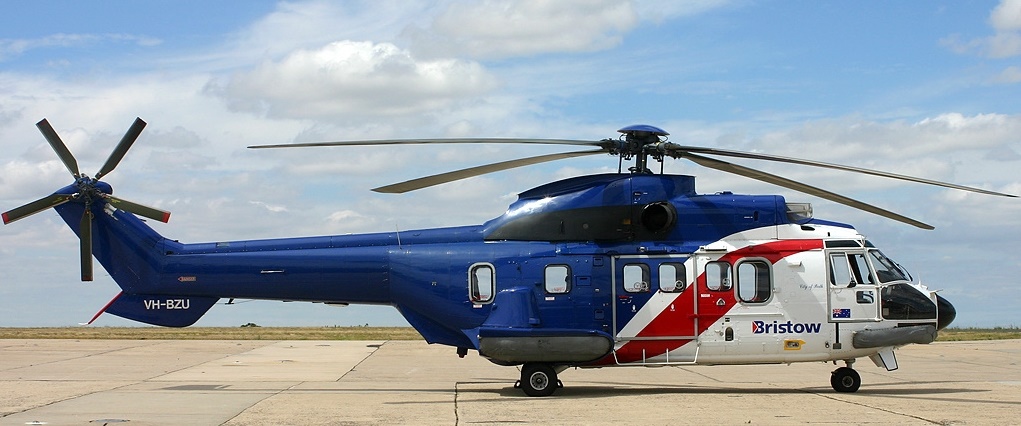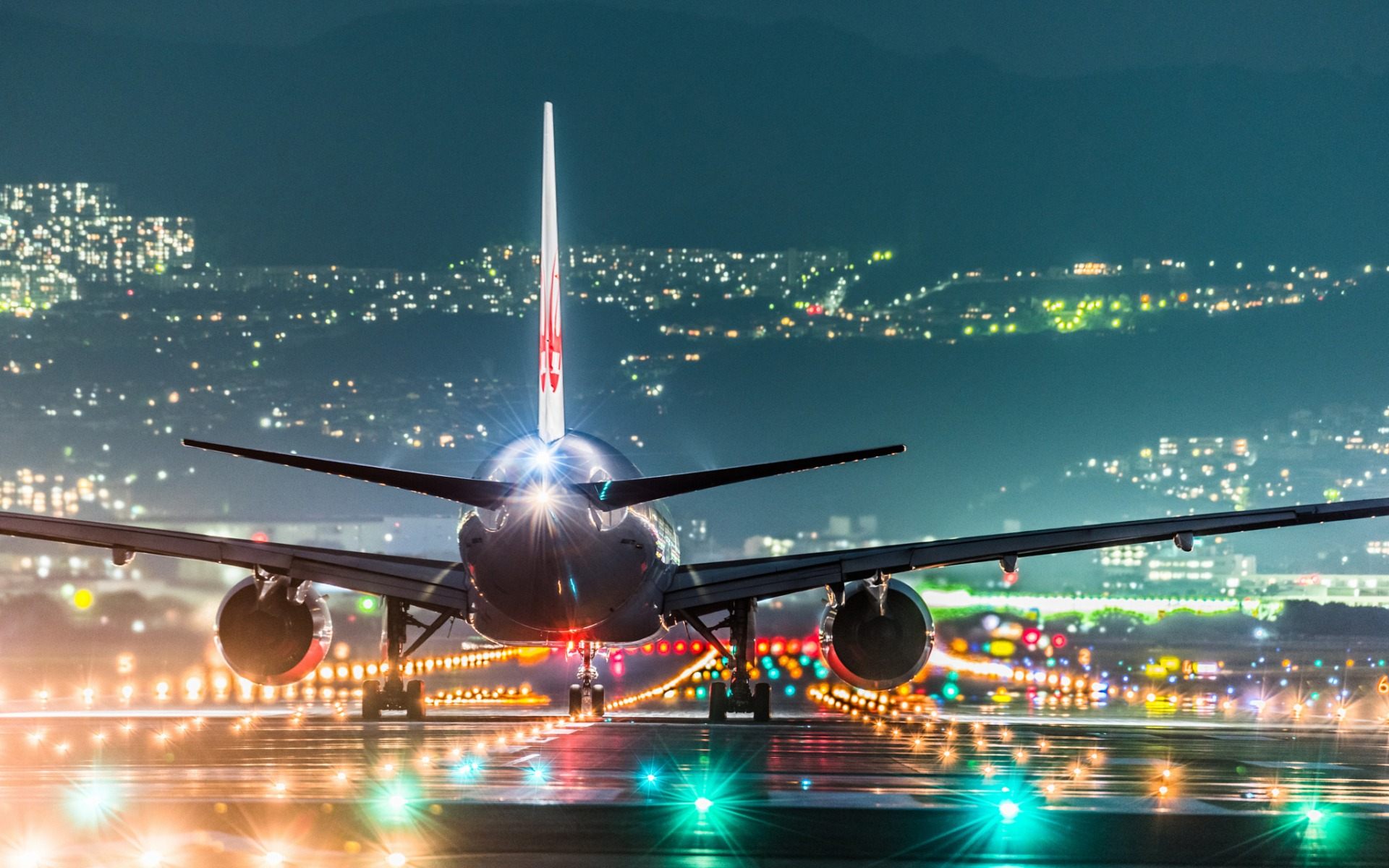FAA and Brazil Strengthen Aviation Partnership
[fsn_row][fsn_column width=”12″ column_style=”light”][fsn_text]
FAA and Brazil Strengthen Aviation Partnership
 March 30, 2017 – Speaking today before aviation leaders at the International Air Transport Association Wings of Change Conference at the first International Brazil Air Show (IBAS) in Rio de Janeiro, Federal Aviation Administration (FAA) Acting Deputy Administrator Victoria Wassmer said that the United States is proud to participate in a partnership with Brazil which enhances bilateral cooperation on airport expansion, airspace management, aviation safety, and security.
March 30, 2017 – Speaking today before aviation leaders at the International Air Transport Association Wings of Change Conference at the first International Brazil Air Show (IBAS) in Rio de Janeiro, Federal Aviation Administration (FAA) Acting Deputy Administrator Victoria Wassmer said that the United States is proud to participate in a partnership with Brazil which enhances bilateral cooperation on airport expansion, airspace management, aviation safety, and security.
Acting Deputy Administrator Wassmer is attending IBAS and participating inmeetings with government and industry leaders from Latin America and around the world.
“As traffic continues to increase between our countries, it is vital that operators are able to fly safely and seamlessly between our respective systems,” said Acting Deputy Administrator Wassmer. “By working together, the United States’ NextGen and Brazil’s Sirius programs are leading to safer, more efficient and environmentally friendly aviation systems in not only both countries but around the globe.”
The FAA and Brazil face many of the same issues to modernize air traffic management. These include the size of geographic area, civil-military coordination, vast spaces of remote airspace, congested terminal areas and a mature general aviation industry. Together, the United States and Brazil have collaborated through ICAO to achieve a modernized, seamless global air traffic management system. To complement those efforts, Acting Deputy Administrator Wassmer and Brigadier-Major Carlos Aquino, Director, General of the Department of Air Space Control (DECEA) yesterday signed an agreement for joint U.S.-Brazil to implement Ground Based Augmentation Systems (GBAS) research and development. GBAS is an alternative to the traditional Instrument Landing System (ILS) that is used to provide precision approach guidance down to the runway threshold at airports in near-zero visibility conditions.
Since 2013, the U.S.-Brazil Aviation Partnership has shared expertise through a series of workshops on airport design and construction, airport security, air traffic management, and airport certification. More than 1,200 aviation experts have participated.
Brazil has the world’s third largest aircraft manufacturer, Embraer S.A., and serves as a destination to more than seven percent of the annual outbound international traffic from the United States. Sirius is the new Brazilian Synchrotron Light Source which will be the country’s largest and most complex scientific infrastructure.
The FAA’s Global Leadership Initiative is transforming how the FAA prioritizes and targets resources to engage with the international aviation community to improve safety, efficiency, and environmental sustainability through regulatory harmonization and partnerships.
Sources Cited: FAA.gov
[/fsn_text][fsn_component][/fsn_component][/fsn_column][/fsn_row]














